When High Definition ATSC 1.0 broadcasts began in New York City in the late 1990s, I went all in: I purchased a massive (38-inch) Loewe CRT HDTV and plunked down over $1,000 for a Sony HD-capable over-the-air DVR (Digital Video Recorder). I’d watch anything I could find in HD. I’d watch paint dry in HD. The 2002 Winter Olympics were the first to get HD broadcasts of select events in High Definition, and we were glued to our sets. Skating and skiing and hockey had never looked so good. I don’t even like hockey. But I’d watch it, happily, in High Definition.
The improvement over analog SD broadcasts was immediately obvious. And these over the air (OTA) HD broadcasts were not only higher quality than cable or satellite (due to less compression), they were also “free.” And with a DVR, I could record anything that was broadcast without restrictions and play it back on my own terms.
Fast forward about 20 years and a new ATSC standard is here. ATSC 3.0, a.k.a. “NextGen TV” was approved for broadcasting in 2017. It promised 4K Ultra HD resolution with HDR (High Dynamic Range), interactivity, immersive Dolby Atmos surround sound and more. Six years later, ATSC 3.0 has made its first appearance in one of the top markets in the United States: New York City. Last week, PBS public television station WLIW21, part of the WNET Group, announced that it was now broadcasting multiple stations in full power in ATSC 3.0 format from its antenna atop One World Trade Center in lower Manhattan.
In addition to the local PBS channel, the broadcast includes the local NBC and CBS affiliates as well as Telemundo, the popular Spanish language channel owned by NBCUniversal. And while we’re happy to see ATSC 3.0 finally make it into our own local market, our level of enthusiasm is, at best, subdued. There are a number of reasons for this.
“In theory, theory and practice are the same, but in practice…” –Yogi Berra
First of all, while 4K, HDR and immersive audio are all theoretically part of ATSC 3.0, the current broadcasts in New York City and most other local markets are limited to High Definition (maximum 1080p resolution). This means they’re not significantly better (if at all) than current ATSC 1.0 HD broadcasts. And during the ATSC 3.0 transition, the FCC has required broadcasters to maintain their ATSC 1.0 broadcasts until at least July, 2027. So basically there is no picture quality or functionality advantage for consumers to move to ATSC 3.0, at least not yet.
To add insult to injury, three of the local broadcasts in New York City (WNJU, WNBC and WCBS) are all encrypted with DRM (digital rights management) copy protection. This means that these channels require special equipment to decode, watch and record their content. Existing TVs with ATSC 3.0 tuners should have the necessary keys for viewing encrypted content, but early adopters of 3rd party standalone ATSC 3.0 tuners are being left in the cold. Also, using DRM encryption, broadcasters can choose to block recording of any content entirely or choose arbitrary “expiration dates” after which content will no longer be viewable.
As DRM encryption was added to broadcasts after ATSC 3.0 was first launched, current ATSC 3.0 tuners and DVRs, such as SiliconDust’s HDHomeRun Flex 4K do not currently work with DRM-protected encrypted broadcasts. You can get some details about the “DRM Problem” on YouTube in this video from “Antenna Man.” I contacted SiliconDust’s PR department for additional information about their stance on DRM encryption and was told, “this email inbox is not intended for DRM discussions or providing support.” A follow-on discussion with this same individual proved fruitless. SiliconDust will need to address DRM encryption in their products, but I was not able to get a definitive statement from the company as to when this will occur. Their website is also currently devoid of any information about DRM or encryption.

Meanwhile SiliconDust competitor, Zapperbox announced an update earlier this week that will allow the company’s current ATSC 3.0 tuner/DVRs to support DRM-encrypted content. The Zapperbox M1 is available on Amazon, but currently needs to be updated after purchase to support DRM. So at least we know it’s possible for existing tuner and DVR hardware to be upgradeable to handle DRM encryption.
While OTA DVR maker Nuvyyo announced a TabloTV DVR with ATSC 3.0 support last year, the four-tuner Tablo ATSC 3.0 QUAD HDMI, that product has not come to market yet. However, the company’s recent acquisition by broadcasting giant Scripps suggests that an ATSC 3.0-compatible DVR is likely to be offered at some point in the future. I contacted Scripps for comments and they assured me that an ATSC 3.0-compatible DVR is still in the works but they don’t yet have details to announce. They directed me to this blog post for details on the issues facing the rollout of ATSC 3.0-compatible DVRs.
The former leader in OTA DVR, TiVo (now owned by XPERI) has made no recent announcements regarding ATSC 3.0. They’re still selling plenty of different OTA and cable-compatible DVRs, but none support ATSC 3.0 and the company has not announced any plans to add ATSC 3.0 support.
ATSC 3.0 Tuners are Not Available in Most TVs
While manufacturers champed at the bit to include ATSC 1.0 tuners in their early digital sets, there is little incentive for manufacturers to include ATSC 3.0 NextGen TV tuners in their sets, and little demand from customers to do so. Unlike the analog to digital transition of ATSC 1.0, there is no government mandate to transition from ATSC 1.0 to ATSC 3.0 neither for broadcasters nor for TV makers.

As of late 2023, there are only a handful of high-end 4K televisions which include ATSC 3.0 tuners. Samsung and HiSense each have a few high-end 4K TV models with ATSC 3.0 tuners. Sony has several 4K TVs with ATSC 3.0 tuners built in. LG, formerly a supporter of ATSC 3.0, has publically stated that the company will not include ATSC 3.0 tuners in its 2024 TV models, due to a “challenging and uncertain patent landscape” as well as excessively high licensing fees. Whether this is a bargaining technique to get a reduced license cost or a real commitment to drop ATSC 3.0 support remains to be seen, but it’s not a good look for the burgeoning broadcast format.
Free Ad-Supported Television Has Broadcast TV in its Sights
So-called “free ad-supported television” (FAST) is catching on with traditional broadcasters, niche content providers and TV manufacturers. With FAST services built into many TVs and streaming devices, consumers can watch premium content with no monthly fees, rental or purchase fees. The catch? You’ve gotta watch some ads. They’re basically recreating the original over-the-air broadcast TV model online. Everything old is new again.
For FAST channels, no antenna is required, but you do need an internet connection. Led by the Paramount-owned Pluto TV service, with 358 channels, ad revenue from FAST channels is shared among the content creator (e.g., the studio), the streaming platform, and the TV or streaming box manufacturer. Other FAST platforms include Sling Freestream, FreeVee Live TV, LG Channels Live TV, Tubi Live TV and Samsung TV Plus Live.
Picture quality of FAST channels varies from standard definition to 4K, depending on the content and the provider. The appeal is broad for content creators like studios, who can monetize back catalog content and for hardware manufacturers who can finally get a piece of the advertising pie. And for consumers, FAST is an easy choice as it requires no special set-up (other than connecting your TV to the internet).
The Bottom Line
The potential of ATSC 3.0 is there: free broadcast TV shows in extremely high audio and video quality with interactive features, the ability to time shift your shows, and no monthly fees. But if the broadcasters aren’t taking advantage of the higher audio and video quality and enhanced feature set of ATSC 3.0, if TV makers are dragging their feet on adding tuners (or in LG’s case, withdrawing support), and if the content that is being broadcast is being restricted by draconian digital rights management, what is there to get excited about? In our opinion, not very much.
Got a different opinion? Let us know in the comments.
Related Reading:
- LG Drops Support of ATSC 3.0 Tuners in 2024 Model TVs
- WTF is ATSC 3.0/NextGen TV?
- Next Gen TV DRM Puts OTA’s Future in Doubt (Tech Hive)
- What’s Taking ATSC 3.0 So Long? (Geoffrey Morrison, CNET)
- The Future of TV is Up in the Air (The Verge)



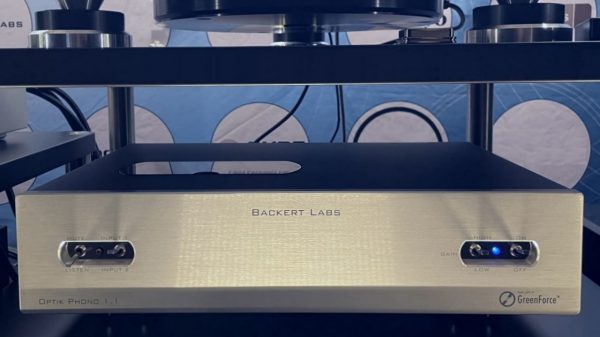























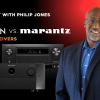



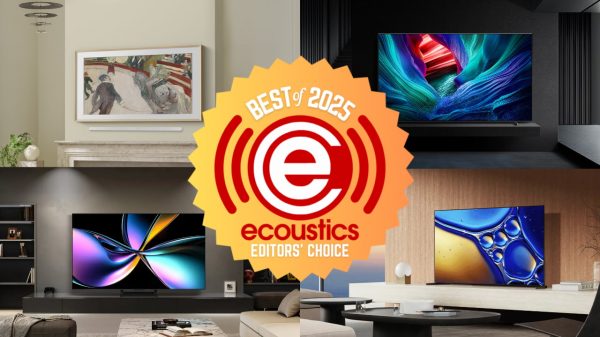


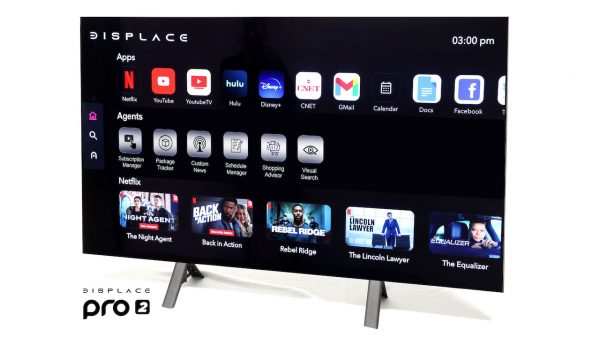
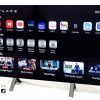
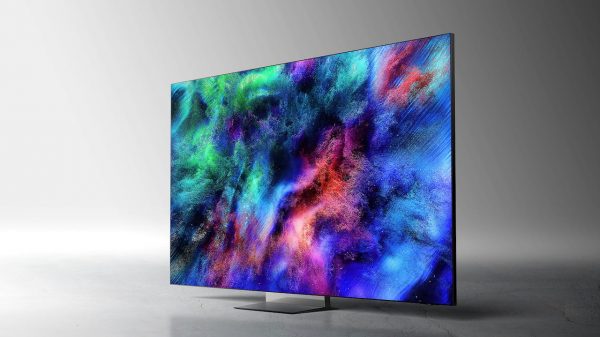
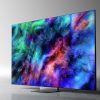
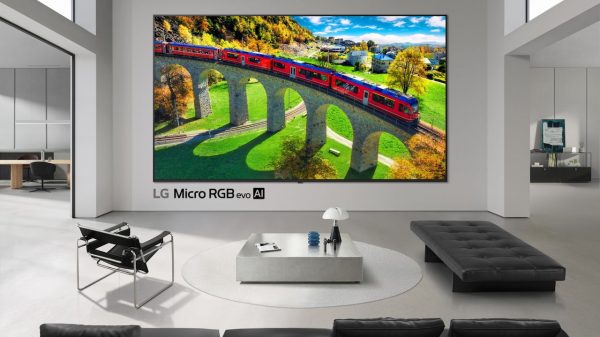














George
October 29, 2023 at 1:55 pm
I’ll keep my standard-def DVR/DVD recorders with NO DRM garbage until it falls apart. If they restrict recording ATSC 3.0 then I hope it dies before it gets its hooks in.
Chris Boylan
October 30, 2023 at 1:11 am
There is a grass roots movement to try to get the FCC to remove DRM from ATSC 3.0 but I’m not sure how much traction it will get as there are few consumers aware of the problem or passionate about it to try to influence legislation. In the meantime I’d say you can safely upgrade from your SD DVRs to ATSC 1.0 HD DVRs. You’ll get a huge bump in quality without any DRM issues to worry about.
I still use a TiVo ATSC 1.0 DVR almost daily and it works really well for my local broadcast channels in NYC. The new TabloTV Gen 4 also gets high marks and only costs about $100. Apparently since Scripps took over, they began offering a basic guide that allows you to do scheduled recordings without the monthly fee of a TiVo. So $100 and no monthly fee? That’s a compelling value proposition. I haven’t tested the new TabloTV unit yet though, so can’t do a formal recommendation.
Ham Solo
November 3, 2023 at 2:31 pm
ATSC 3.0 is dead. They killed it with DRM.
Michael McClatchy
November 6, 2023 at 10:04 pm
There are 6 ATSC 3.0 broadcasting in Philly now. Half of those stations are using DRM, so my HdHomerun tuner can’t decode them!!
Shame on FCC and the TV broadcast industry!